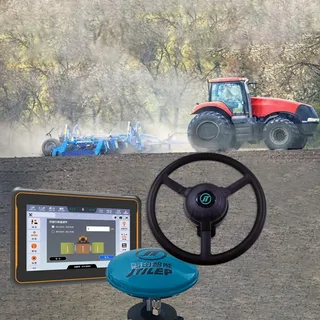Modern agriculture is undergoing a technological transformation, and one of the most significant innovations is the development of tractor guidance system. These systems are reshaping the way farmers approach planting, cultivating, and harvesting, making farming more efficient, precise, and sustainable.
What Are Tractor Guidance Systems?
Tractor guidance systems, also known as GPS or auto-steering systems, use advanced satellite navigation and sensors to guide tractors accurately across fields. Unlike traditional farming methods, which rely heavily on manual labor and estimation, these systems allow tractors to follow precise paths, ensuring even coverage and minimal overlap.
Benefits of Tractor Guidance Systems
Increased Efficiency
One of the primary ways tractor guidance systems are revolutionizing modern farming is by increasing operational efficiency. By following precise paths, tractors can complete fieldwork faster while reducing fuel consumption and labor costs.
Enhanced Precision
With guidance systems, farmers can plant seeds, apply fertilizers, and spray pesticides with remarkable accuracy. This precision reduces waste and ensures that crops receive the optimal amount of nutrients and protection.
Environmental Sustainability
Efficient use of resources means less environmental impact. By minimizing over-application of chemicals and fuel usage, tractor guidance systems are revolutionizing modern farming practices in a more eco-friendly way.
The Future of Tractor Guidance Systems
As technology advances, tractor guidance systems are becoming smarter and more integrated. Future systems may incorporate AI, machine learning, and real-time soil data to further optimize farming operations. These innovations promise not only higher yields but also more sustainable farming practices.
Conclusion
The agricultural landscape is changing rapidly, and tractor guidance systems are revolutionizing modern farming by combining precision, efficiency, and sustainability. Farmers who adopt these technologies are better equipped to meet the demands of a growing population while protecting the environment.


